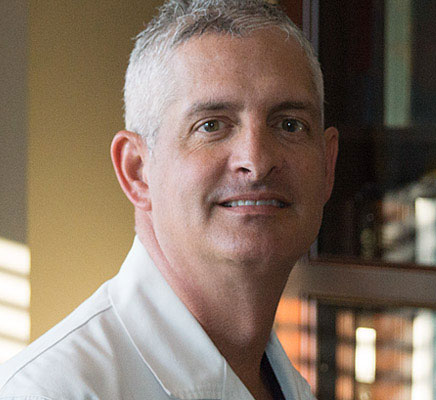
Is Gynecomastia Surgery Right for Me?
Gynecomastia can be characterized by excess fat and/or glandular tissue in one or both breasts, and in severe cases, excess skin, downward-pointing nipples, and enlarged areolas. It can be caused due to a number of factors that include:
- Hormonal changes
- Heredity
- Weight fluctuations
- Use of anabolic steroid drugs
- Use of certain prescription medications
- Use of marijuana
If you have signs of male breast development, Dr. Chris Livingston performs male breast reduction to flatten the chest and create a more masculine chest contour. In most cases, ultrasonic and traditional liposuction in Houston is sufficient; however, in more severe cases, skin and glandular tissue excision may be necessary to achieve the desired result.





